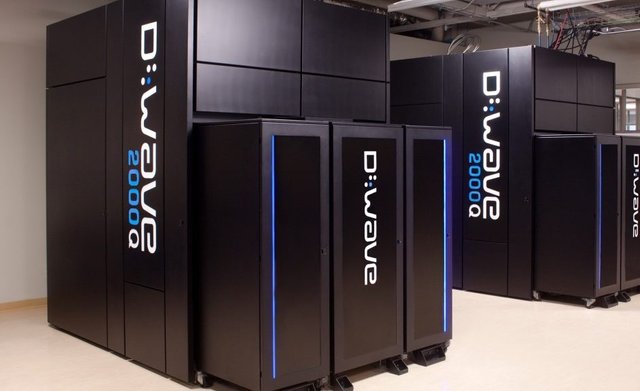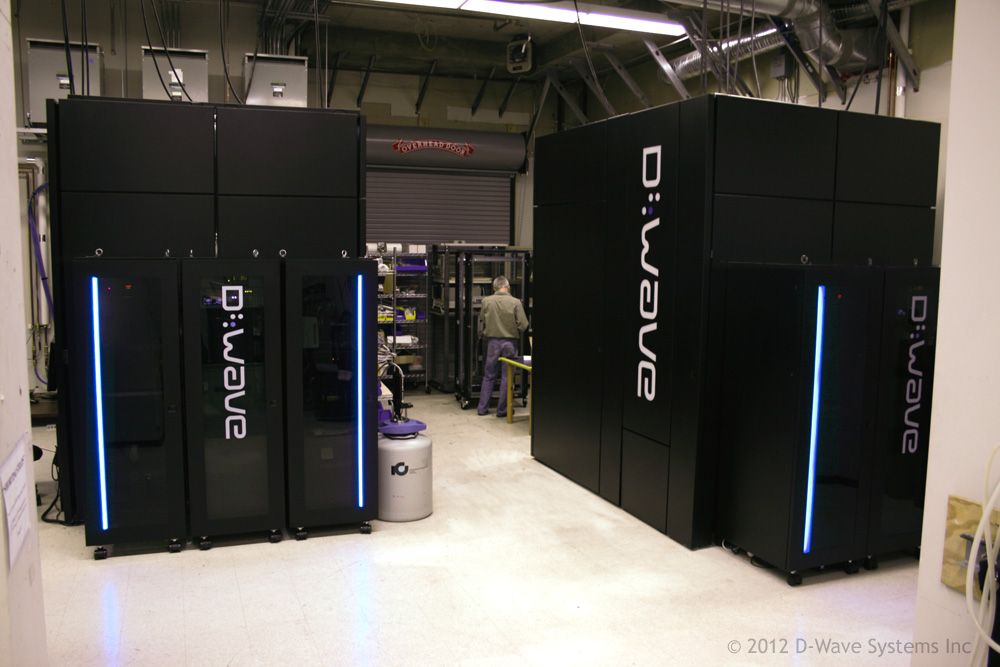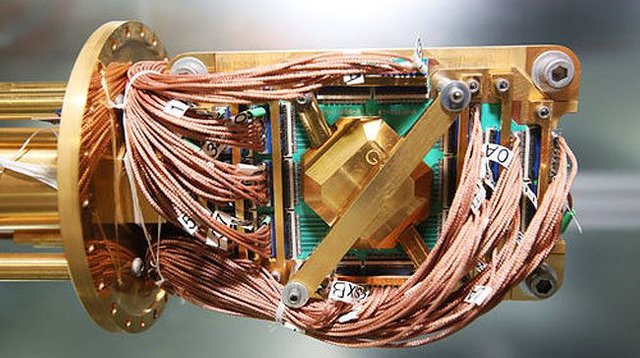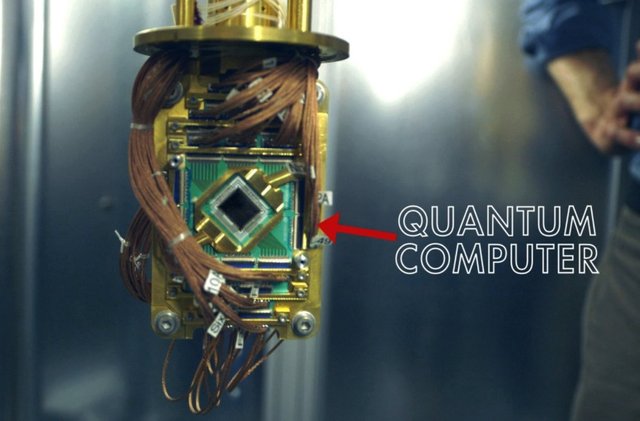The quantum computer, the "holy grail" of information technology, is one step away from being built
quantum computers promise to revolutionize information technology using quantum mechanics to process and solve problems millions of times faster than current devices. But its complexity means that they only exist as small laboratory prototypes.

Until now.
An international group of physicists from the University of Sussex, in the United Kingdom, published the first plans for the construction of a large-scale modular quantum computer with extraordinary processing power.
The development could lead to the development of new drugs crucial for life, help solve unfathomable scientific problems and delve into the mysteries of the universe.
Why IBM will let you play with your quantum computer and what you can do with it
"We have produced construction plans, a real project to make a quantum computer on a large scale," Hensinger, a professor at the University of Sussex.

The first step is the construction of a small-scale device, with all the technology relevant to a quantum computer, which will be carried out at the university within two years, explained Hensinger.
Then they will look for business partners to build a large-scale quantum computer, which will take at least ten years because of its cost and large size.
"It will be immense, possibly occupy a whole building," revealed the physicist. "To build a quantum computer is very difficult because it is at the frontier of technology but we can say that we have a realistic construction plan."
How does it work?
The system makes use of quantum mechanics. It is a concept of physics that states that things can be in two places at the same time.
"It's something you do not see often but in the lab we can make an atom be from two different places at the same time," Hensinger explained.
( )
)
In a "classical" computer the unit of information is called "bit", which can have the value of 1 or 0. Its quantum equivalent works with "qubits" or quantum bits, which means that they can have the whole combination of values : 0 0, 0 1, 1 0 and 1 1 at the same time.
This phenomenon opens the way to make multiple calculations simultaneously. Instead of doing a logical progression calculation, as in a standard binary computer - where the answers are yes or no, or on or off - the quantum system does all the calculations at the same time and delivers the information instantly.
The process can be "very interesting or very insane.

Can quantum computers lead us to digital obscurantism?
Qubits need to be synchronized using a quantum effect known as entanglement or quantum entanglement. Something that Albert Einstein called "fearful action at a distance".
However, scientists have had problems building devices with more than 10 or 15 qubits. The machines suffer from a type of fault called "decoherence", where the qubits lose their ambiguity and become simple units of 1 and 0, a technical obstacle in the practical construction of quantum computers.
The nucleus of a quantum computer prototype with trapped ions.
"Our concept includes a method to correct these errors, allowing the possibility of building a large-scale device," says Professor Hensinger.

The scientist at the University of Sussex led an international team with colleagues from Google, the Aarhus University of Denmark, the Riken research institute in Japan, and the University of Siegen in Germany.

Millions of quantum bits
"If you go back to the time of the first computers, they started with dozens of bits, that's the state of the quantum computing field now," says Winfried Hensinger.
"For some of the most exciting applications, such as the invention of new drugs or the understanding of the same structure of reality, the understanding of the universe, the design of new materials, instead of 10 or 15 quantum bits, I need many more, maybe up to 10 billion quantum bits. "
The starting point of the researchers was how to build a quantum computer on a large scale using existing technology.
His answer was to rely on a variety of applied science methods to assemble the blueprint for a "universal" quantum computer, one that could address an elaborate assortment of complex problems.
Professor Hensinger (right) works with his colleague Bjoern Lekitsch on a quantum computer prototype.
The plane uses charged atoms, or ions, that are captured to function as qubits. This method allows the computer to operate at room temperature, contrary to the superconductor model, which requires the entire system to be cooled at very low temperatures.

The logic gates are the basis of the circuits that are used to perform the computations in this quantum computer.
One way to achieve this is with lasers, which would involve aligning an individual laser beam on each ion, an extremely difficult perspective when dealing with a large number of qubits.
So the new proposal uses microwaves and the application of voltages to operate the logic gates.
In addition, other modular designs have proposed the use of optical fibers to connect each computer module and encode quantum information.
However, this solution is slower and much more complicated than the scientists are looking for, so they are advocating the use of electric fields to push the ions from one module to another.
"A modular design is absolutely critical to have a quantum computer with really phenomenal processing power," Professor Hensinger said.

An illustration of the proposal to use electric fields that push the ions from one module to another.
The next step is the construction of a quantum computer prototype based on this design, at the University of Sussex.
"In the space of two years we think that we will have complete the prototype that incorporates all the technology that we affirm in the plans", assured Hensinger.
"This is no longer an academic study, it really has all the engineering required to build this type of device."
The device will cost between US $ 1.5 and US $ 2.5 million to build. But Professor Hensinger estimates that a practical machine for the real world will cost tens of millions and take much longer to complete.
However, he predicted: "Life will change completely.
Hi! I am a robot. I just upvoted you! I found similar content that readers might be interested in:
http://www.bbc.com/mundo/noticias-38856796